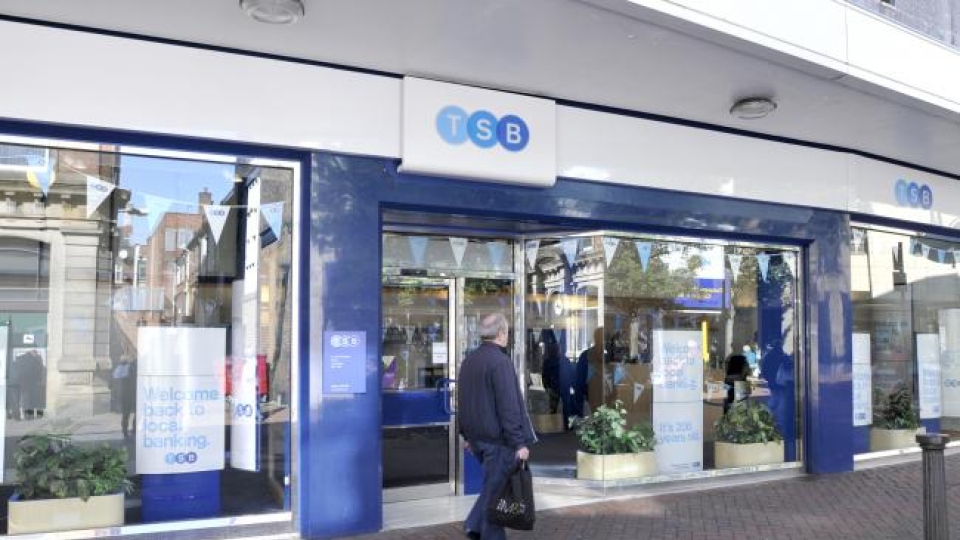
TSB has been accused of a lack of "common sense" in the run-up to IT failures that left up to 1.9 million customers unable to bank online, some for several weeks, in April 2018. A report by law firm Slaughter and May blamed both TSB and its in-house IT provider Sabis.
As is evident from the report, the 2018 migration was a highly complex project, involving over four years of detailed planning and testing. The TSB Board recognised that moving the whole bank from multiple, third-party legacy systems to a single new platform was a huge but necessary undertaking, the report says. The migration was therefore carried out in stages, initially moving systems including ATMs, debit and credit card payments, mortgages and the digital mobile app, followed by key internal systems, and ultimately the main migration event, including the migration of customer data. Despite migrating the core banking data and payment records for all five million customers, there were significant levels of disruption and inconvenience in the aftermath of the main migration event in April 2018.
Slaughter and May raise a number of issues which they believe could have prevented the disruption that TSB customers experienced in 2018. There are aspects of Slaughter and May’s report with which the Board does not agree. In particular, a key cause of the extent of disruption was that the two data centres, built to support the new platform were, in certain areas, configured inconsistently despite having been specified to be identical. Additional issues around coding and capacity also arose. These technical issues were then compounded by the high volume of customer enquiries as public concern increased – enquiries which exceeded the contingency resources already in place, it says..
Customers were moved on to a new system, but the report said it had not been tested properly before going live. It found that the tests only took place offline and not in a live environment.
It said that TSB accepted that had tests been run across both systems, it might have been able to identify the issues which affected customers before they happened.


